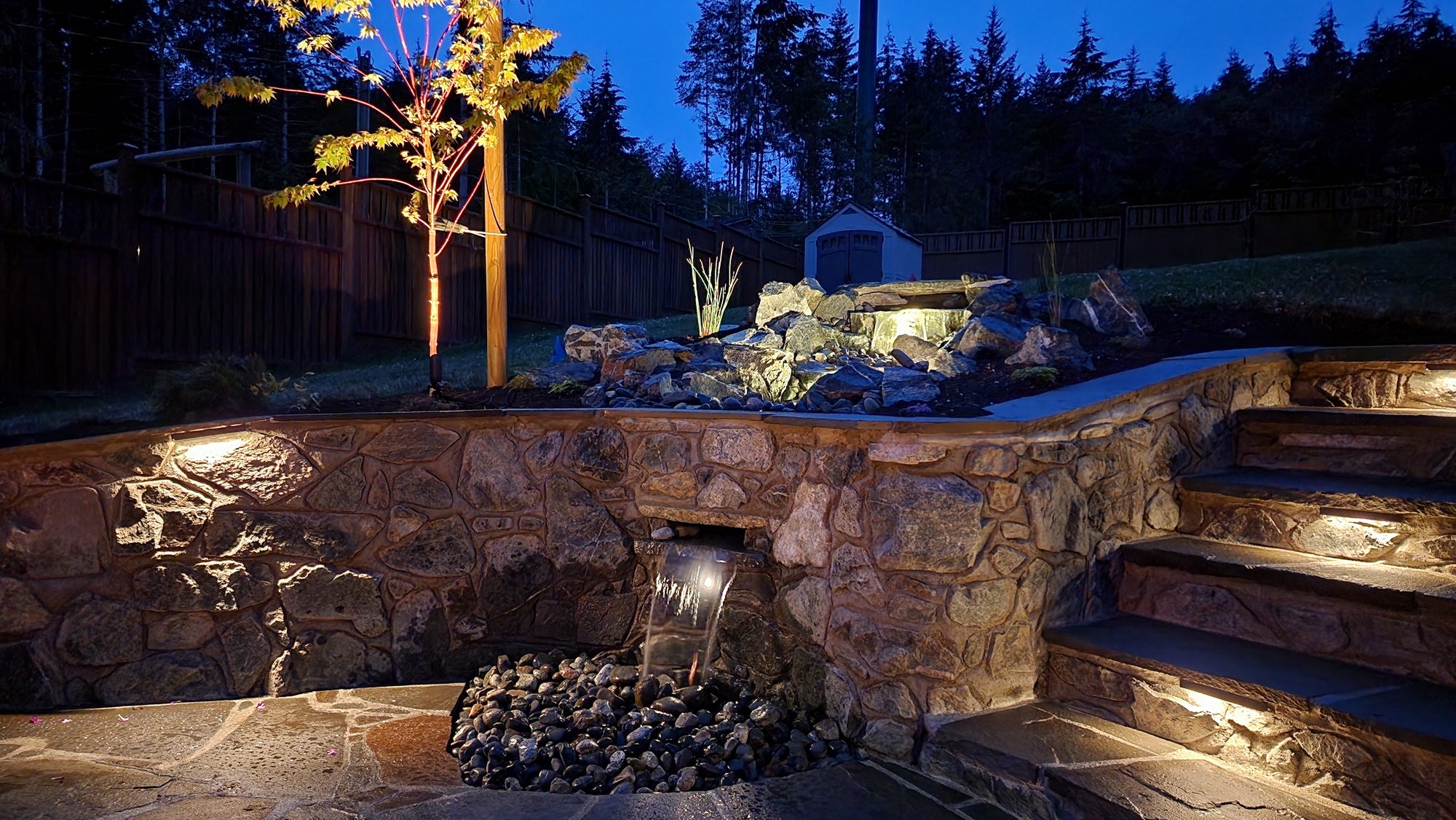
LPStandard Insights
What Is a Landscaping Standard and Why It Could Save You Thousands
The Real Cost of "Good Enough"
If you’re a landscaper who’s built your business from the ground up, chances are you’ve had that gut-punch moment. A client calls two weeks after a job is finished. The new sod is yellowing. The patio stones are shifting. Or worse—a tree you installed is leaning sideways because someone buried the root flare.
You send a crew back to fix it. You cover the cost. You lose time, profit, and a little bit of confidence in your team.
This kind of rework isn't just annoying—it’s expensive. And most of the time, it happens because there was no clear standard for what "done right" actually looks like.
In this post, we’re talking about what a landscaping standard really is, why it matters more than you might think, and how using one can save your business thousands of dollars in avoidable mistakes.
What Is a Landscaping Standard (And Why It Matters)
A landscaping standard is simply a clear, written reference for how the work should be done—step by step. It's not just about the end result.
Think of it like a playbook. It lays out what "good work" looks like so your team isn't guessing, your clients know what to expect, and your subs don’t improvise in ways that cost you money.
Most landscaping companies don't have a real standard. They have experience, and they have memory. That works for a while. But as soon as you're not on site, or you hire someone new, things start to slip.
That’s when jobs go sideways.
A good standard gives your business structure. It turns gut-feel into systems. It helps you quote more accurately, train faster, and avoid rework that eats your margins.
A Real-World Example: The Cost of Missing the Details
A friend of mine owns a small landscaping company just outside Toronto. Great work, sharp team. They landed a job installing a new lawn and front bed for a high-end home.
They laid sod on a tight deadline—weather was turning, and the client was eager. A week later, the whole lawn was yellowing. The soil hadn’t been properly tested. What looked like decent soil was actually a mix of compacted clay from old construction and native soil.
They had to rip it out, re-grade the area, bring in new topsoil, and re-sod the entire front yard. The crew lost a full week. The materials were a loss. The client was frustrated. And all of it could’ve been avoided if someone had just followed a checklist that said: "Test the soil first."
The Profit Leak You Can’t Afford
Every time you send a crew back to fix something, you're not just solving a problem—you're eating your own profit. You paid once to do it wrong, and now you're paying again to make it right. That’s double the labor, double the materials, and zero return on either.
Even the small stuff adds up. Miss the grade by an inch, and you’re back onsite reworking drainage for half a day. Plant the root flare too deep, and you’re replacing a tree next season under warranty. Let a new hire guess their way through soil prep, and you’ll be footing the bill for dead turf when the weather turns.
Do the math. If your crew spends just two hours a week on callbacks, that’s 100 hours a year. At $50 an hour in labor and overhead, you're losing $5,000—and that's without factoring in material costs or lost opportunities. Add a couple full-blown reworks in a season, and you’re down $10,000 or more before you even notice it.
A clear standard is how you stop the bleeding. It gives your crew the clarity to do it right the first time, cuts down on waste, and protects your margin from death by a thousand fixes. It also tells your clients—and general contractors—that you run a tight ship. That builds trust. And trust wins repeat work.
You Don’t Need a Giant SOP Binder
Some people hear "standard" and think they need to write a hundred-page manual or hire a consultant. You don’t. What you need is something clear, usable, and built from the field—not a boardroom.
That’s where the Landscapers Practical Standard (LPStandard) comes in. It’s not theory. It’s not fluff. It’s a field-ready reference built for working contractors. You can hand it to your lead hand or your new guy and say, "This is how we do things here."
Final Thoughts: You Can’t Scale Guesswork
If you're trying to grow from one crew to two, or from five jobs a month to ten, the guesswork has to go. You can't build a reliable business on memory and best intentions.
You need structure. You need clarity. And you need a way to do good work, even when you’re not standing over someone’s shoulder.
The LPStandard gives you that. It’s built for the kind of business you’re running. Use it to avoid expensive mistakes, train faster, and keep your profit where it belongs—in your pocket.
Ready to stop paying for the same mistakes twice?
Grab your copy of the Landscapers Practical Standard and start building smarter today.